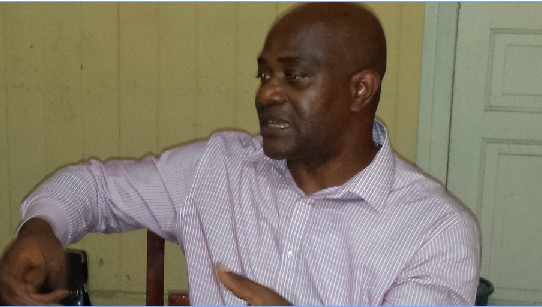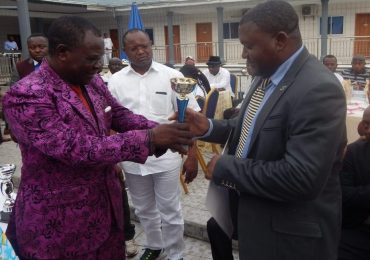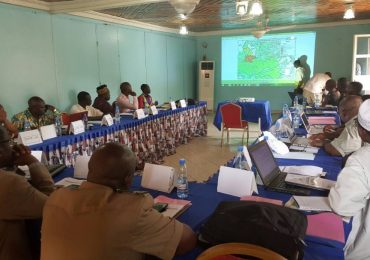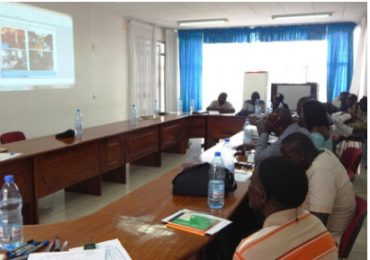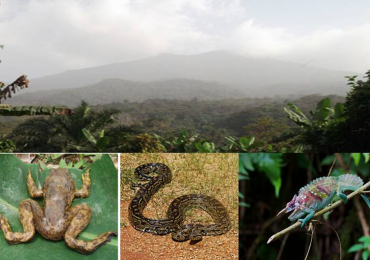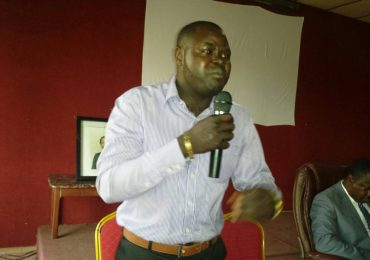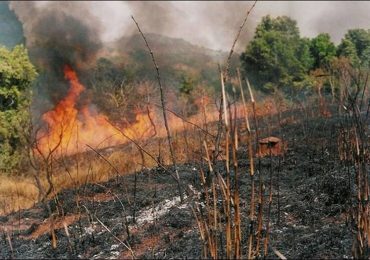The Cameroon Government, last February 2017, joined the Bonn Challenge, a global effort launched in 2011 to restore 150 million hectares of degraded and deforested land by 2020 and 350 million hectares by 2030. After a series of consultations with some international organizations, the Government through her technical Ministers; the Minister of Forestry and Wildlife, Philip Ngole Ngwese, and Minister of Environment, Nature Protection and Sustainable Development, Pierre Hele, jointly made the commitment to restore some 12,062,768 hectares of deforested and degraded landscapes by 2030.
Shancho Ndimuh
The success of this pledge will be instrumental in restoring the country’s unproductive landscapes and climate change mitigation, but a pragmatic mechanisms must be put in place to transcend it from a mare political pledge to a ground reality.
In an interview granted The Green Vision recently, one of Cameroon’s environmentalists and finest in landscape restoration, Dr. Peter Mbile, contextualized such a pledge by the Cameroon Government.
“Cameroon has for some time now been observing degradation across the national territory especially in the Extreme North. There has been in recent years, cases of flooding even in the Littoral Region, which has largely been attributed to loss of forest cover in the highlands. The case of the North has been extremely devastating. The disappearance of Lake Chad to less than 20% surface area over the last 55 to 60 years is also terribly alarming. I also see this to be as a result of deforestation around the Lake Chad Basin. Restoring vegetation cover in Cameroon is actually a life-saving affair,” he expounded.
The landscape restoration expert said bringing over 12 million hectares under restoration by 2030 is feasible but some realistic measures must be put in place
“What we need to do is to begin to address the drivers of degradation; to put in place land management approaches in over 12million hectares of land that brings back some of the functioning. We need to identify across the country the priorities for restoration, and through those priorities tap out the opportunities. We need to identify what is feasible, what is possible to be done within a specific time,” he added
Dr. Mbile underscored the need for proper sub-national assessment across the national territory, regular forums through which information can be shared about ongoing activities and what still needs to be done and effective monitoring. “If we do not monitor achievements on the road to 2030, we will not know where we are by 2020, 2025, 2030,” he noted
The environmentalist implored the Government, NGOs, private sectors, and all stakeholders that will be involved in the restoration process to do so with the concerns and participation of the local population and organizations. “The last thing we will want to do is to engage in restoration methods or species that are incompatible with the livelihood of the local people or incompatible with the need to perpetuate ecosystem services,” he cautioned.
Dr. Mbile recommended that the ‘highlands’ be prioritised in the restoration process because they are the water castles of Cameroon. This, according to him, include emergency sites like the Adamawa landscape, the Mount Bamboutos landscape, and other sites in the country where lives are facing immediate threats. Other areas where restorations actually provides direct benefits in terms of water services and downstream benefits should also be considered.
As a professional in forest landscape restoration, Dr. Mbile pledged to put in his expertise. He called on other actors; Ministries, NGOs, Private Sectors and farmers to get involved in activities to be able to begin restoring these lands.


